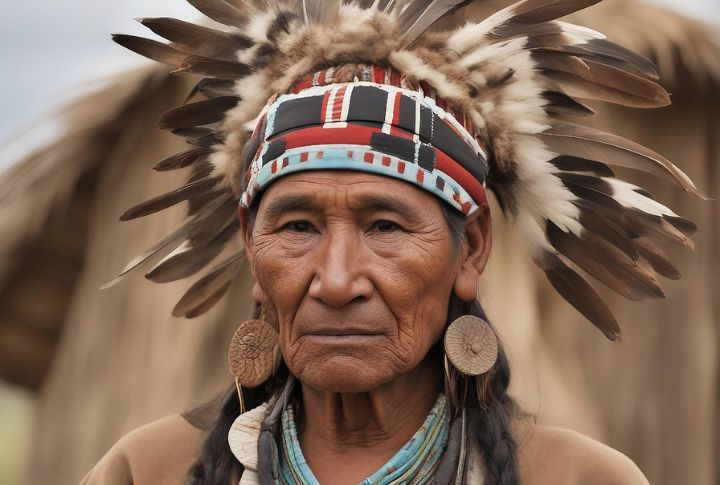
The origins of Native Americans have been debated for centuries, with different groups offering scientific theories, archaeological discoveries, and Indigenous oral traditions. While no single answer exists, here are some widely believed origin stories that provide unique perspectives, and the latest research continues to push the timeline even further back.
Indigenous Creation Stories
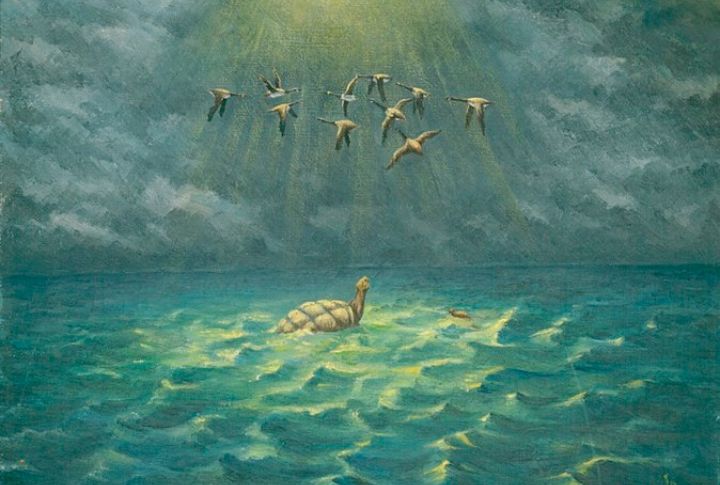
Many Native American tribes do not believe their ancestors migrated from another place. The Hopi Creation Story tells of emergence from the underworld, while the Iroquois Sky Woman legend describes life forming on the back of a giant turtle. These spiritual beliefs have been passed down for generations and remain central to many Indigenous identities, including those of the Navajo, Lakota, Cherokee, and Zuni peoples.
The Bering Land Bridge Theory (Mainstream Science)
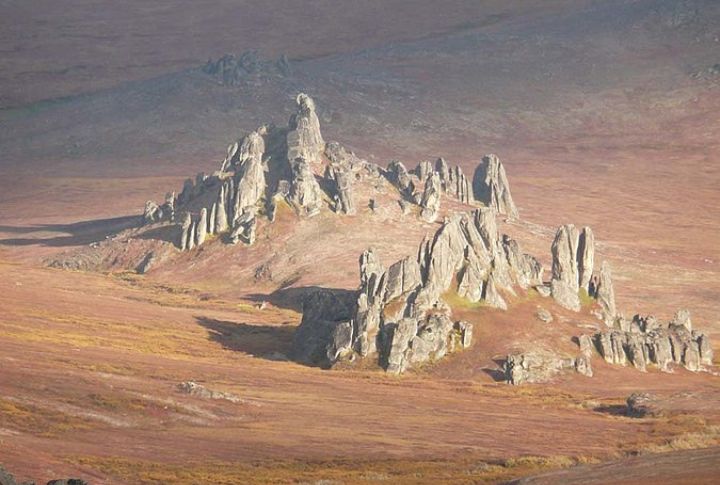
For much of the 20th century, scientists believed Native Americans arrived via Beringia, a land bridge that connected Siberia and Alaska in the last Ice Age. As ice sheets melted 15,000–25,000 years ago, people moved inland, spreading across North and South America. This theory remains widely accepted but is now being challenged.
The Coastal Migration Hypothesis (Alternative Science)
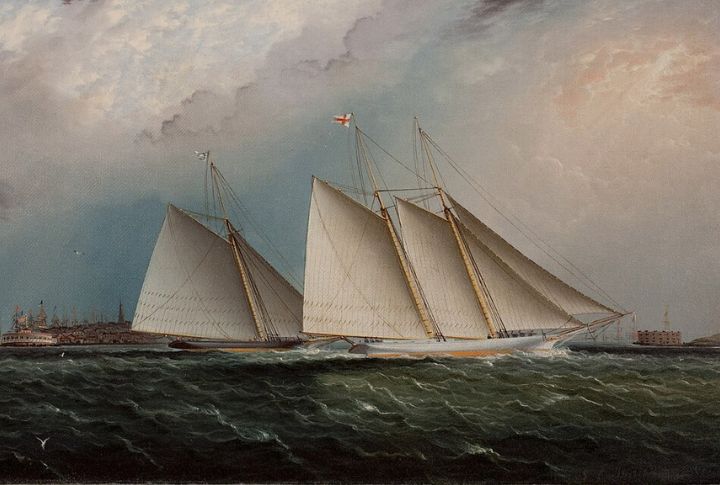
Instead of walking across Beringia, some researchers say early Americans arrived by boat, following the Pacific coastline. Sites like Monte Verde (Chile) and Channel Islands (California) suggest human presence in the Americas before the ice-free corridor opened, which supports this idea.
The Solutrean Hypothesis (European Migration Theory)

One controversial theory argues that Europeans may have been among the first Americans. The Solutrean people from Ice Age France and Spain (around 20,000 years ago) may have crossed the Atlantic via ice sheets, bringing advanced stone tools. However, DNA evidence does not support this claim, making it highly disputed.
The Jomon Theory (Possible Japanese Connection)
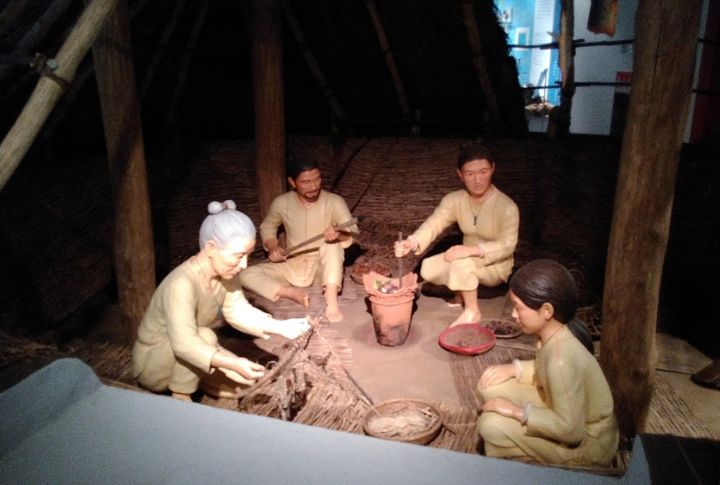
Some anthropologists believe that Japan’s Jomon people (14,000 years ago) may have influenced early Native Americans, particularly in the Pacific Northwest. Similar tooth structures, pottery, and maritime skills do talk about limited contact, although no direct genetic link has been confirmed.
The Polynesian-South American Theory (Pacific Islanders)

A few researchers propose that Polynesians reached South America before Europeans. That’s because there is evidence that sweet potatoes (native to South America) existed in Polynesia before Columbus. It speaks of contact between the Pacific Islanders and Indigenous South Americans. Some DNA studies also hint at Polynesian ancestry in certain Indigenous groups like the Mapuche people of Chile and the Zenu of Colombia.
The South America-First Hypothesis (Migration In Reverse?)
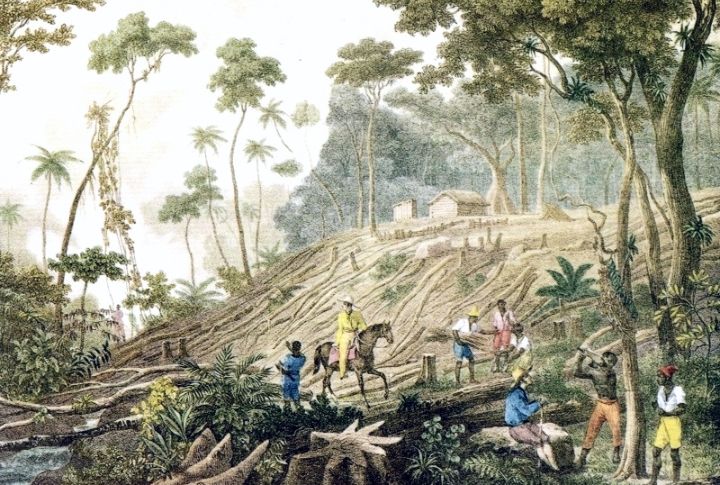
Another radical idea is that humans first settled in South America, not North America. Some of the oldest human remains have been found in Brazil and Chile, leading to speculation that humans may have arrived from Africa or the Pacific before migrating northward. This theory lacks definitive evidence but is still debated.
The Ainu Connection (Ancient Siberians And Japan)
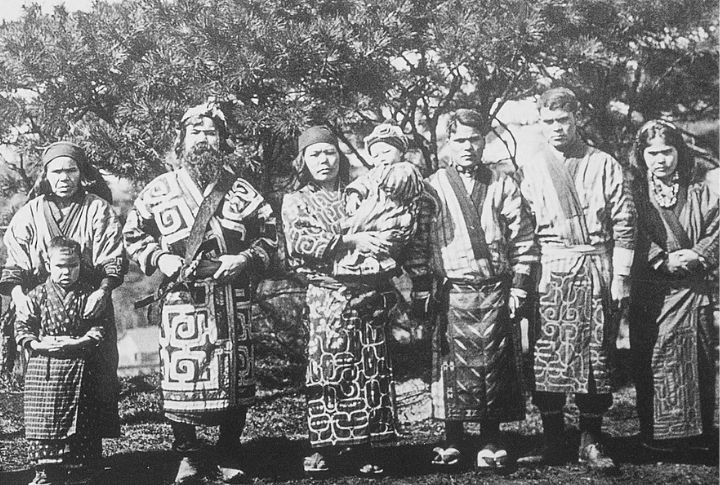
The Ainu people of Japan share genetic traits with some Indigenous North Americans, particularly in the Arctic. That connection has led to theories that Ainu ancestors may have migrated alongside Siberian populations and contributed to the genetic diversity of early Native American groups.
Indigenous Perspectives On Multiple Waves
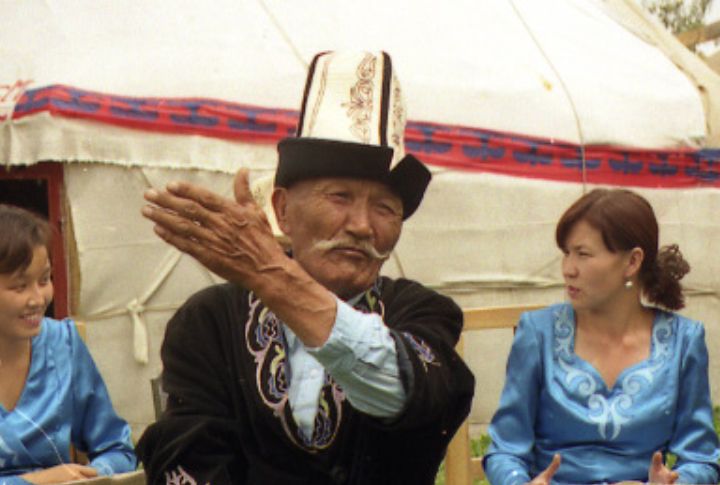
Many Indigenous scholars argue that Native American history is far older than scientists claim and that their ancestors arrived in multiple waves from different directions. A few oral traditions even talk about early interactions with lost civilizations. It’s a perspective that challenges all conventional migration models.
The Latest Discovery
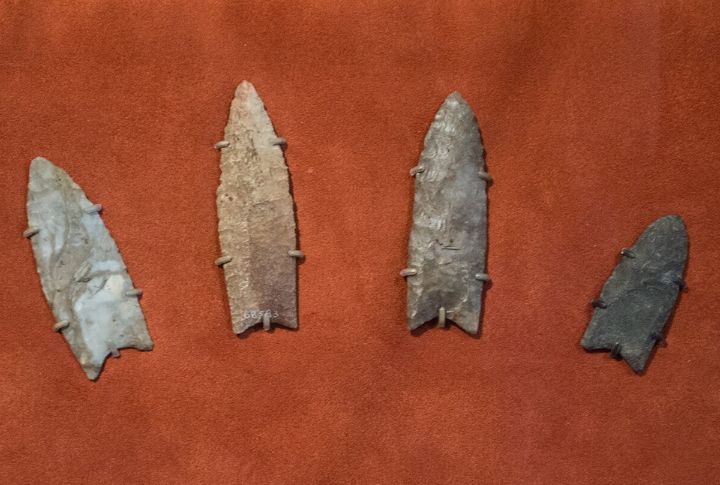
A 2021 study from Mexico’s Chiquihuite Cave found stone tools that propose humans were in the Americas 30,000 years ago—twice as old as previously believed. The discovery counters the Clovis-first theory and could mean humans arrived long before Beringia opened. If true, it rewrites everything we thought we knew.

